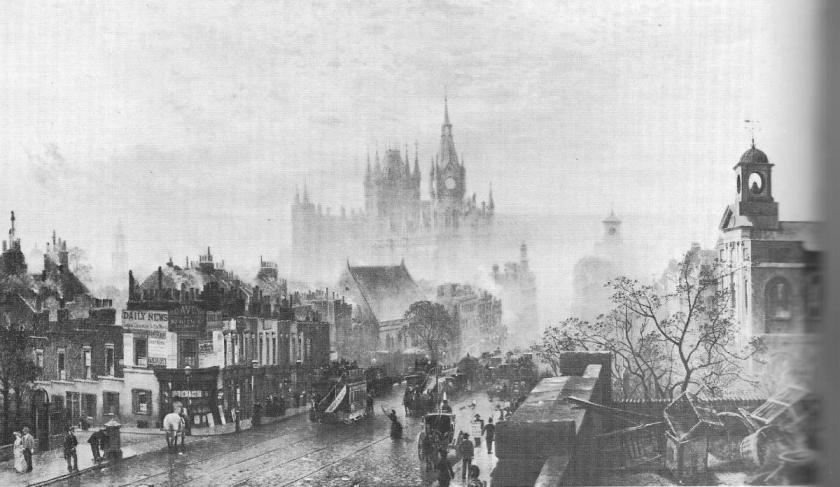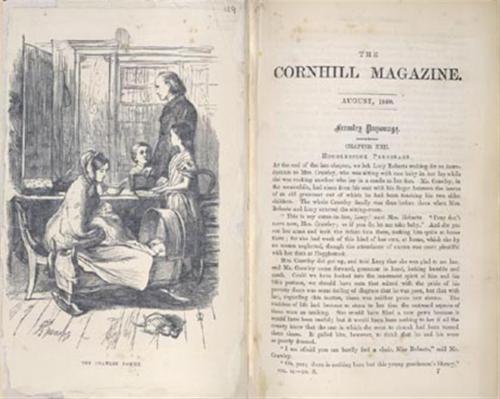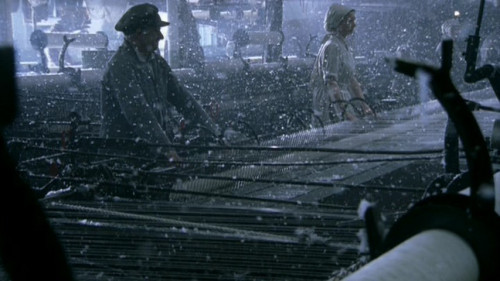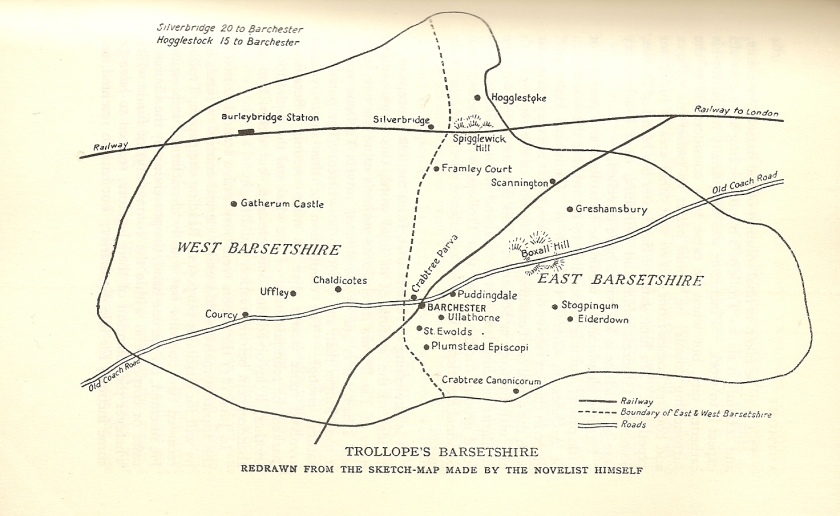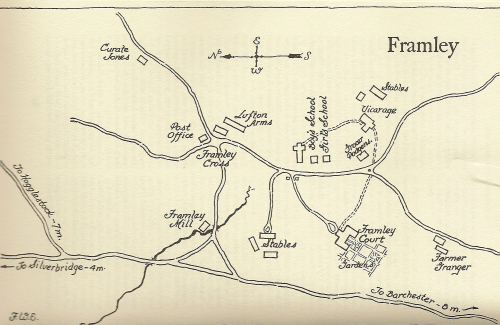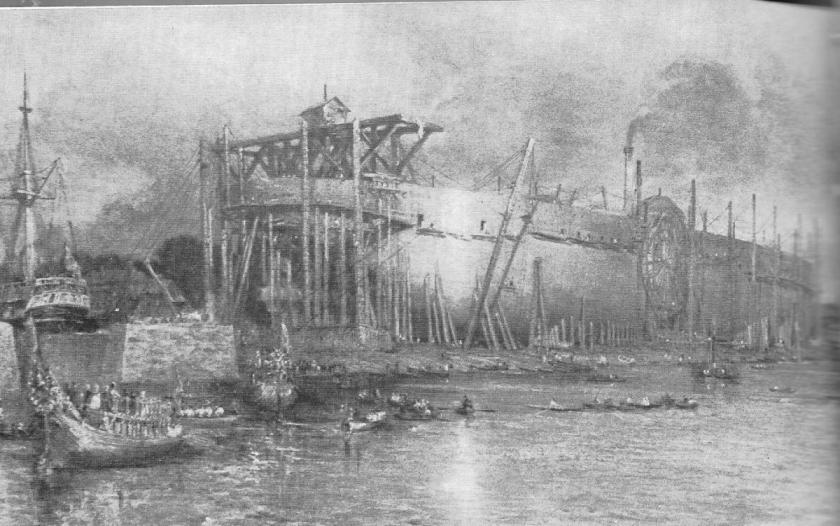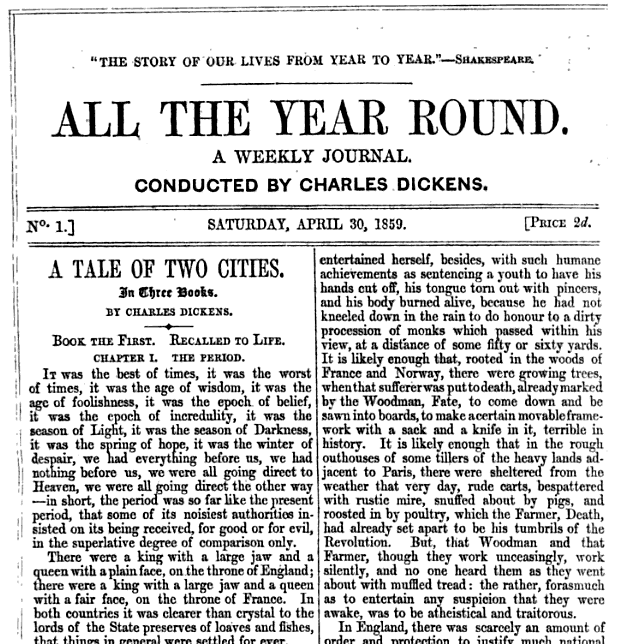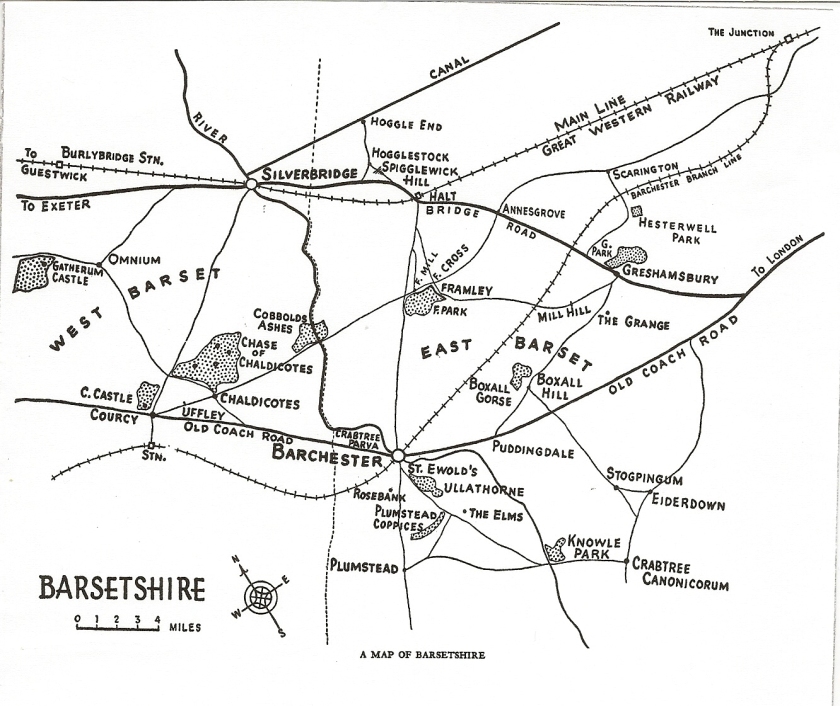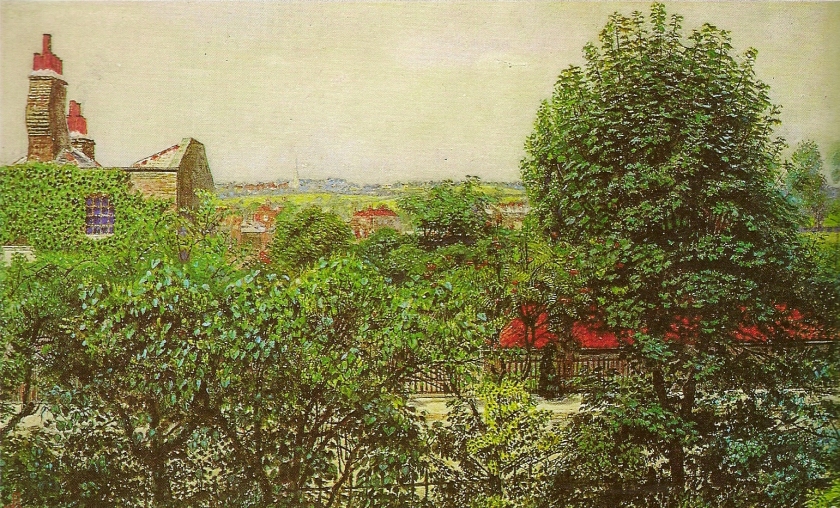
Haylet Atwell as Margaret Schlegel in HBO Howards End (scripted Kenneth Lonergan)

Anthony Hopkins as Mr Stevens and Emma Thompson as Miss Kenton in 1993 Remains of the Day (scripted by Harold Pinter, then revised Merchant-Ivory-Jhabvala, 1993)
For a course at the Oscher LifeLong Learning Institute at American University
Days: Monday mornings, 11:45 am to 1:15 pm,
June 7 to 28,
4 sessions online, zoom meeting style (location of building: 4801 Massachusetts Ave, NW) 20016
Dr Ellen Moody

Peppard Cottage used for Howards End in M-I-J 1993 (here it is not photographed in prettying up light) – the house in the novel is Rooksnest which Forster and his mother lived in for many years

Dyrham Park (South Gloucester) used for Darlington Hall in 1993 Remains of the Day
Description of Course: SG 1620 Summer 2021 Two novels of longing at two ends of an Imperialist century
The class will read as a diptych E.M. Forster’s Howards End (1910) and Kazuo Ishiguro’s The Remains of the Day (1989). Both examine class, race, war, fascism and colonialism; family, sex, and property relationships from the “empire’s center,” England, from a post-colonial POV. The core center of both novels is the human needs of their characters against capitalist, gender- and class-based backgrounds. I urge people see on their own either or both the 1992 Merchant-Ivory-Jhabvala film Howards End (w/Thompson & Hopkins) and 2015 HBO serial, Howards End (Kenneth Lonergan w/Atwell & Macfayden); and the 1993 Merchant-Ivory-Jhabvala film The Remains of the Day (also w/Thompson & Hopkins). We can ask how ironic romances can teach us fundamental lessons about how to survive and thrive in today’s worlds.
Required Texts:
E. M. Forster, Howards End, ed Abinger Edition, introd, notes David Lodge. London: Penguin, 2000. ISBN 978-0-14-118231-1
Kazuo Ishiguro, The Remains of the Day. NY: Knopf, 1989; or Vintage International, 1990. ISBN 978-06-7973172-1
There are readily available relatively inexpensive MP3CD sets of the Howards End read by Nadia May (Blackstone) and Remains of the Day by Simon Prebble (Tantor). Both are superb. A more expensive CD audio of Howards End by Colleen Prendergast. All unabridged.
All three movies (films? streaming videos?) are available on Amazon prime (small price for viewing or none at all).
Format: The class will be a mix of informal lecture and group discussion.
June 7: Introduction: Forster, his life & other writing, Bloomsbury (kept short), Forster’s Howards End
June 14: Howards End and the 2 film adaptations
June 21: Transition from Howards End to The Remains of the Day
June 28: The Remains of the Day, the one film adaptation, and if time permits Ishiguro’s other novels (esp. A Pale View of the Hills, Never Let Me Go, When We Were Orphans) & 2 films made from Ishiguro’s books beyond what’s cited above, viz., The White Countess (Ishiguro wrote the screenplay) and Never Let Me Go.

Emma Thompson seen from afar as Miss Kenton, walking as much in the corridors of Mr Stevens’ mind as those of Darlington Hall (she also plays Margaret Schlegel in the 1993 Howards End)

Helena Bonham Carter as Helen Schlegel (the younger sister, a Marianne Dashwood type) (1993 Howards End)
Outside reading or watching:
There is an enormous literature on Forster and he himself left a large body of writing. The best biography because it’s the one candid one about Forster’s sexual orientation and his life is Wendy Moffatt’s A Great Unrecorded History: A New Life by E.M. Forster NY: Farrar, Strauss, an Giroux, 2010. Then I recommend for the text and the rich backgrounds and criticism section, The Norton edition of Howards End, ed. Paul B. Armstrong, who brings together remarkable material both on and by Forster, and includes Forster’s “What I Believe” (central to understanding him and his relevance to us today). I’ll also sent as attachments or URLs: Barbara C. Morden, “Howards End and the condition of England,” May 2016, Literature 1900–1950, British Library, Oliver Tearle, “Revisiting Howards End: Notes towards an Analysis of Forster’s Novel, Interesting Literature, n.d; on the 4 part HBO film scripted by Lonergan, Roslyn Sulcras, “A Howards End: True to Then and Now, the New York Times, online: https://tinyurl.com/37s564xf. See also my blog on Howards End, book & movies.
There are many essays on Ishiguro, his novels, and especially The Remains of the Day (and not a few on the various films too), but many seem not to understand him or this and his other earlier seemingly realistic book (s) or to be beside the point — perhaps because the post-modern post-colonial perspective and Ishiguro’s mix of realism, symbolic allegory and surrealism, different genres and anti-realism (symbolism) gets in the way of understanding this particular story as told by the butler. I will send along Wroe, Nicholas, “Living Memories: Kazuo Ishiguro,” The Guardian (biography entries), 18 February 2005, online at: https://www.theguardian.com/books/2005/feb/19/fiction.kazuoishiguro …; Lee, Hermione, “Books & the Arts: Quiet Desolation,” The New Republic, 202 (January 1990):36-39; Deborah Guth, “Submerged Narratives in Kazuo Ishiguro’s The Remains of the Day,” Modern Language Studies, 35:2 (1999):126-37; Meera Tamaya, Ishiguro’s “Remains of the Day”: The Empire Strikes Back,” Modern Language Studies, 22:2 (Spring 1992):45-56. See also my blog on Remains of the Day, the book and movie. We’ll also use the fascinating online interview of Ishiguro at YouTube (TIFF Bell Lightbox for a post-screening discussion of the film adaptation of The Remains of the Day): https://www.youtube.com/watch?v=g1P6c3yomp0
Recommended for both books: Jacqueline Banerjee’s Literary Surrey. Hampshire: John Owen Smith, 2005; and Elizabeth Bowen’s “The Big House,” in her Collected Impressions. NY: Knopf, 1950.
Volumes of wonderful close readings of wonderful novels and discussions of issue include: Claude J Summers, E.M. Forster. NY: Ungar,1983; Barry Lewis and Sebastian Groes, Kazuo Ishiguro: New Critical Issues of the Novels. London: Palgrave Macmillan, 2011. On Forster from the standpoint of all his writings: John Colmer, E.M. Forster: The Personal Voice. London: Routledge & Kegan Paul, 1975.

Hugh Grant as Lord Darlington’s nephew, young Mr Cardinal confronting Mr Stevens (1993 Remains of the Day)
 Samuel West as Leonard Bast, wandering in a vision he has of a park he walks in (1993 Howards End)
Samuel West as Leonard Bast, wandering in a vision he has of a park he walks in (1993 Howards End)
















